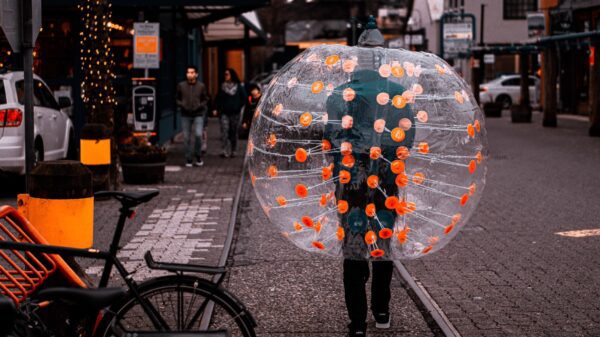In an increasingly tech-driven society, the role of individuals’ data continues to exist in a gray area. Corporations make billions of dollars every year from the sale of their users’ personal data. Hostile web design is one of the ways they retain our attention and data, but how does it work?
Fishing for cookies
As security breaches continue to take place, hitting some of the largest names in different tech sectors, the question of whether our data is truly safe continues. As awareness of data protection has grown, so have the public’s expectations. Some states and countries have passed legislation forcing companies to empower users to choose whether their data is shared or not.
More websites are also offering people the choice to opt out of sharing their data. Still, there is no standardized way that websites offer you the choice to protect your data. What we’re seeing is several sites using hostile web design when offering the choice to opt out of sharing user data.
Design in everyday life
Hostile design sounds counterintuitive but has actually been around us for a long time. The main way we see it is in hostile architecture. Hostile architecture is mostly found in public spaces. It started becoming more commonplace during the 1980s and has continued to grow.
Historically, the purpose of hostile architecture has been to prevent people from loitering in public places and to keep the growing homeless population from making themselves comfortable in these public spaces.
Take, for example, benches at New York City’s subway stations that are too narrow for someone to sit on, but rather just lean on them. The other purpose narrow benches achieve is that they’re not wide enough for someone to sleep on. There are also plenty of benches in public spaces without a backrest, presumably to keep people from sitting for too long.
Hostile design online
Over years of online presence, we’ve grown used to websites color-coding the button that will let you move on. However, that button is also often the one the website wants you to click. An easy one to spot is the color-coding of “accept” and “reject” buttons for cookies that will track your data on a website.
Take Gmail, for example. Any prompt to “sign in” will be on a blue button. When asking whether you want to set up a backup account, or 2-factor authorization, the “Next” button will be blue, while the “skip” option is usually a gray color that matches the rest of the screen, almost invisible.
Hostile web design uses principles similar to its architectonic counterpart. Instead of keeping people from lingering, it seeks to keep our data flowing. Hostile web design uses elements we expect on websites but adapts them for a specific purpose.



























